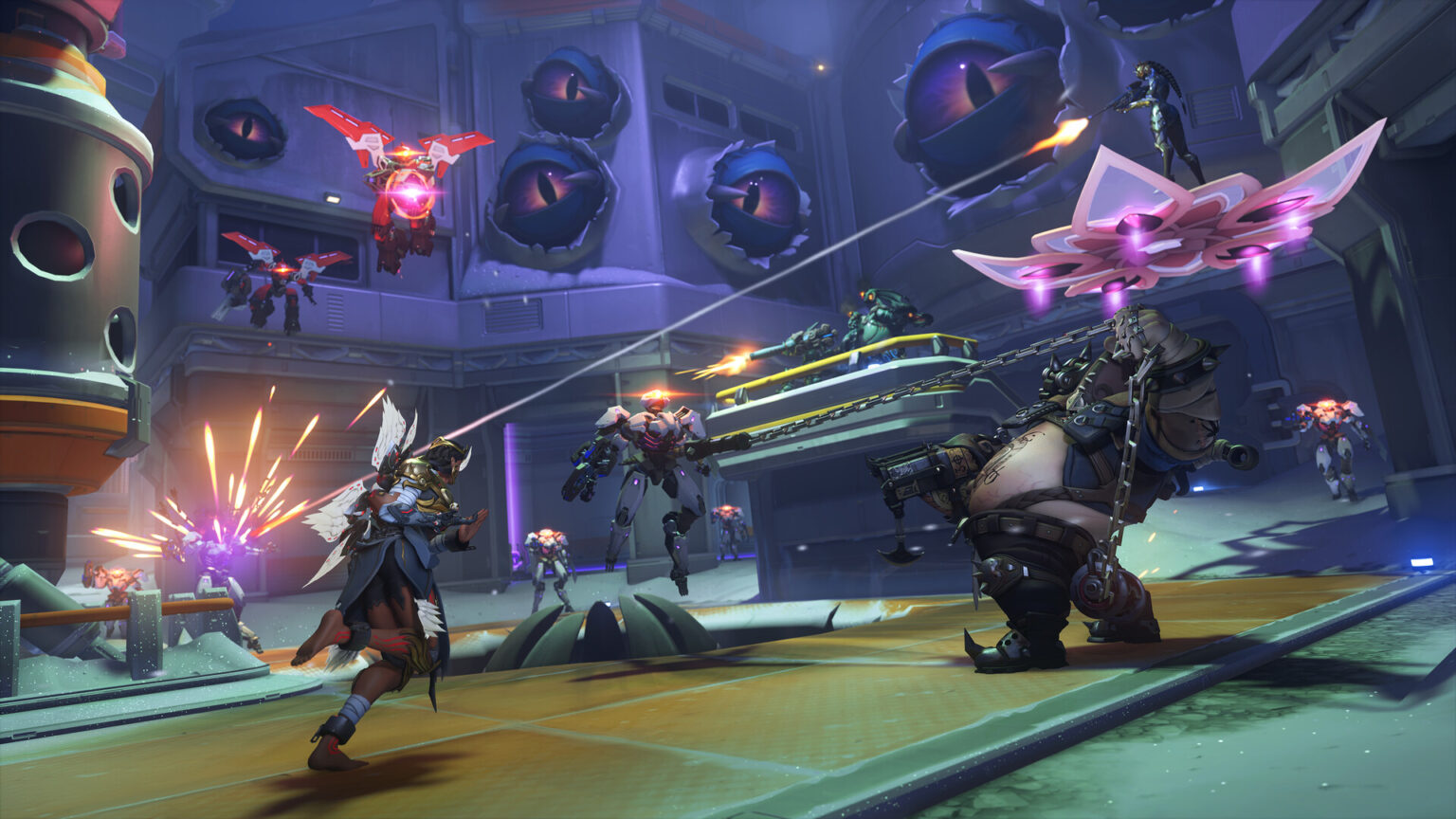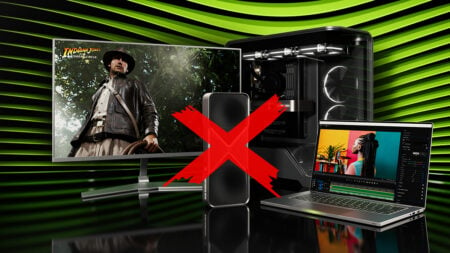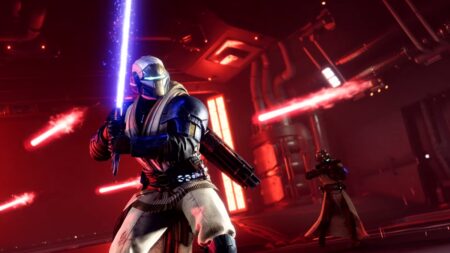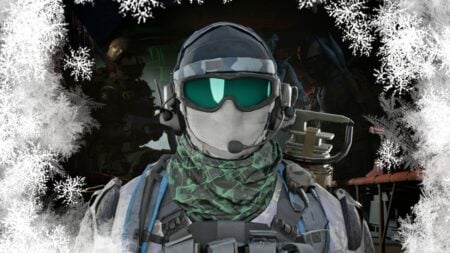Skip To...
Overwatch 2’s competitive mode is one of the more grueling ranked climbs you’ll likely experience in a live-action FPS game. Not only are there many quirks in the system and matchmaking, but a team-based game will always make you feel like you’re not always in control. Still, if you have the skill and mental fortitude, you can make a convincing climb. Here are 10 tips to climb the competitive ladder in Overwatch 2.
10: Understand the New Ranked System

Overwatch 2 saw a complete overhaul of the competitive system at the start of Season 9, and it’s imperative to understand the quirks of the new system. It’s not a manipulatable system, but understanding why you may have lost more Skill Rating (SR) than you gained can help save some sanity for you. At the end of each competitive match, you’ll earn a percentage going towards your overall rank, from 0 to 100. When you reach 100%, you’ll rank up.
There is a demotion protection system in place when you hit 0%, but this is visual to let you keep your rank and won’t impact your MMR. Finally, certain conditions may cause you to lose or gain more SR. For instance, if your team’s average SR is significantly lower than the enemy team’s, you will likely gain more SR if you win, as this outcome was “unexpected.” On the other hand, if your team’s average SR is significantly higher than the enemy team’s and you lose, you may lose more SR than normal.
9: Counter Swapping is More Important Than Ever

Back in Overwatch 1, when the format was 6v6, one-tricking was more common and easier in competitive. It was possible to pick an off-meta hero like Symmetra and climb to Top 500 if you had the skill and grit. With the switch to 5v5, however, this is significantly harder, particularly for tank players. The loss of a second tank means you can’t compensate for a significant weakness anymore, or employ a specific strategy that could nullify a hero’s weaknesses. (Does anyone remember Orisa x Roadhog?)
It’s certainly not impossible, but as the game modernizes and adds more heroes, matchups have become more polarizing. It’s harder to play an outdated hero like Symmetra against an onslaught of more mobile, damaging heroes when the meta doesn’t suit her. It’s difficult to play Mercy in a meta where offensive pressure is key, while her healing may not be up to snuff with the new healing mitigation DPS heroes received.
8: Think About Which Heroes Synergize With Your Team as Well

In a similar vein to the last point, making sure that heroes synergize with your team can help as well. Team fights have become more pronounced and necessary in the switch to 5v5, meaning team synergy is all the more important. DPS players can consider playing a dive hero if your team picks a dive-centric composition, like Winston, Tracer, Lucio, and Moira. It’s better in this situation to pick a character that can keep up with the mobility of this team, such as Genji or Sombra, rather than someone who doesn’t synergize with the team’s game plan at all, such as Mei or Torbjorn.
Support players can consider how they can better help their team as well. For example, if your tank player insists on playing Roadhog, consider playing Kiriko. Her cleanses help Roadhog mitigate his main weakness, his susceptibility to crowd control and focus fire. Did your tank pick Junkerqueen, and is your team clumped up and brawling with the enemy team? Consider going Lucio so you can help the Junkerqueen maintain tempo. This all leads to the next point, which is…
7: Try Learning as Many New Heroes as Possible

Learning new heroes and flexing to different supports in different situations will help you while counter-picking or synergizing with your team. Your hero pool doesn’t have to be perfect. However, certain playstyles of different heroes can suit each other well. As a disgusting Mercy main, it was beneficial for me to learn characters like Moira and Kiriko to play around with different comps. This isn’t to say you have to learn every character in your role. I certainly don’t have a great Baptiste or Illari.
If the idea of practicing a new hero in a ranked environment rubs you the wrong way, you have plenty of tools such as Quick Play to try new heroes out. Consider making an alternate account with some friends so you can try out new heroes in a competitive environment without feeling like a heavyweight. Or, a real honest method would be to not care and try out a hero you might not be comfortable with anyway. Forget the haters, you can’t learn to play Ana if you are never placed in a situation where you can actually learn her.
6: Different Heroes Can Support Different Maps or Game Modes

Another reason why flexing to different heroes is helpful? As new maps and game modes are constantly added to the game, different heroes might actually shine more than others. The best example I can think of is the new Flash Point maps. The Flash Point game mode features some extremely wide maps and objectives, and maintaining tempo is important here. In this case, learning to play Lucio and allowing your team to maintain this tempo is a great idea.
Meanwhile, you have maps like Circuit Royale, an Escort map with long sight lines, and lots of high ground where hitscan heroes shine. Here, characters like Widowmaker are a menace and can run lobbies if the enemy team doesn’t have a proper answer to your comp. There aren’t many maps like Kings Row where you can feasibly go, “all heroes are at the same playing level.” Learning which heroes can better suit different maps can help you in the long run.
5: Consider and Minimize Your Own Mistakes

It’s easy to blame a bad Tracer who seems to die every fight. However, one of the most important things to consider while you climb is your performance. Is your Tracer dying every fight, yet she’s also taking someone down with her when she does? She could be playing better, but this is an important time to step up and play optimally. Is your positioning correct for the current situation? Are you playing TikTok DPS Moira in a situation where your team desperately needs your healing?
Ultimately, minimizing your own mistakes, which may be the difference between winning a team fight, is more important than making efforts to minimize the mistakes of others. That’s not to say you are the only one who makes a difference on your team. However, across dozens of games, the only common attribute to your games is yourself.
4: Try Playing With Someone You Trust

If you know someone (or a group) you trust to take you along your competitive ride, consider partying with them. Reducing randomness in your teammates might unironically help you gain more rank. We’ve all had those unlucky streaks where you might have two leavers in a row, and then in the next game, you have a team that falls apart mentally after losing just one team fight.
Even playing with friends might help you mentally in Overwatch competitive. We all have bad days where we don’t play great due to frustration, but playing with friends might help you keep a cool head in instances where you’d otherwise feel like raging straight into the sun.
3: Don’t Be Afraid to Switch Heroes

Swapping heroes midgame is one of the signature features of competitive Overwatch. Other team-based games like League of Legends or Valorant lock you into a certain character, but Overwatch allows you to switch heroes on death. You’ll want to use this to counter heroes or better synergize with your team.
People often make the mistake of not swapping fast enough, allowing the enemy team to snowball to a win just as you decide you finally want to swap. A great example is a character like Pharah, who is easy to shut down with a proper team comp.
2: Review Your Matches

If you’re serious about climbing the ranked ladder, you might want to take an hour or two at the end of each session to review your ranked games and see your mistakes. If you’re cognizant of the mistakes you make often, such as positioning errors or mechanical issues, you’ll have a good baseline of things to work on and improve on so you can hone your skills and climb.
You can easily check out your ranked matches by heading to your game history and opening up a VOD of your game. Be sure to pay attention to when you are out of position and note your deaths in particular. If you die in an unnecessary way, this is an important thing to note in the future.
1: Play Nice

One of the greatest tips and tricks I can give to you in your ranked climb is to not sabotage your own games by being toxic. Overwatch 2’s competitive community isn’t renowned for its thick skin, and many times, you can make a situation worse by egging on a teammate who isn’t particularly playing well, or by dogpiling on someone getting flamed. The number of players who throw a game because of some hurt feelings is insurmountable.
If you must, turn off voice chat, text chat, and anything that would implore you to be a bad teammate. You don’t want to add any more unnecessary losses to your inevitable long list, so remember to play nice, even if your heart doesn’t want to.







